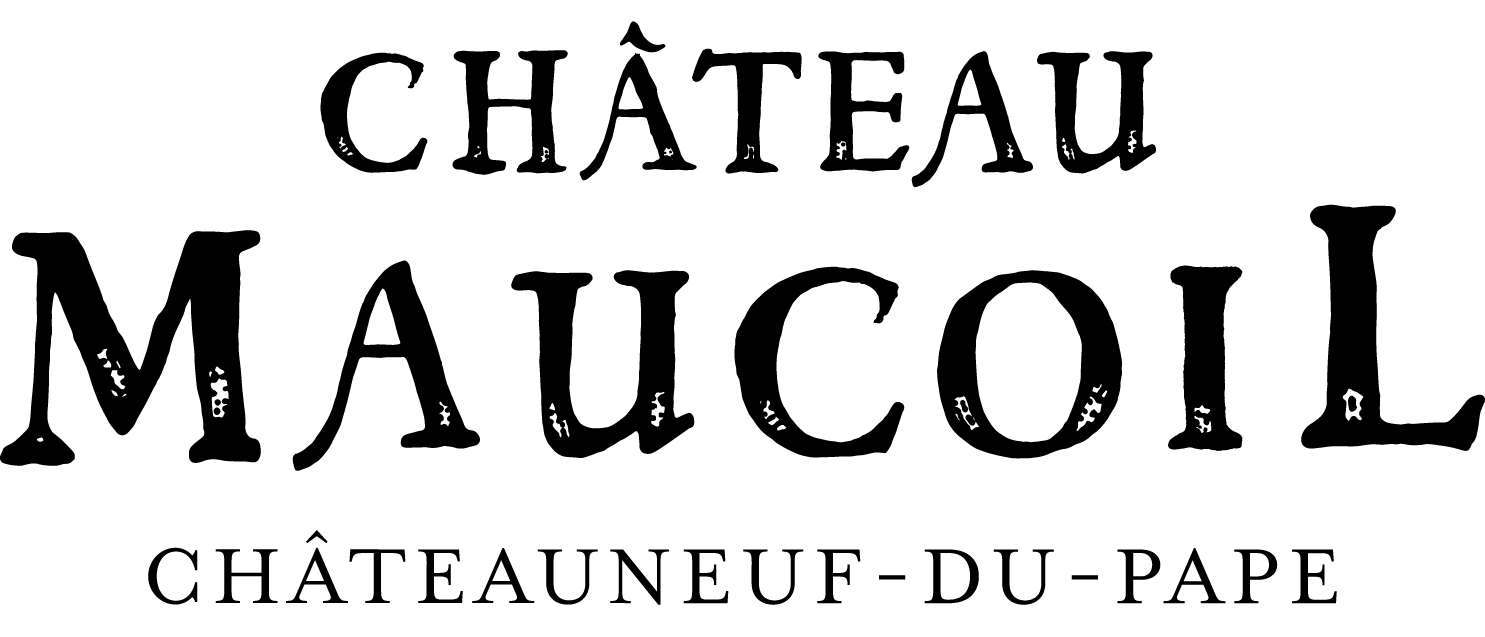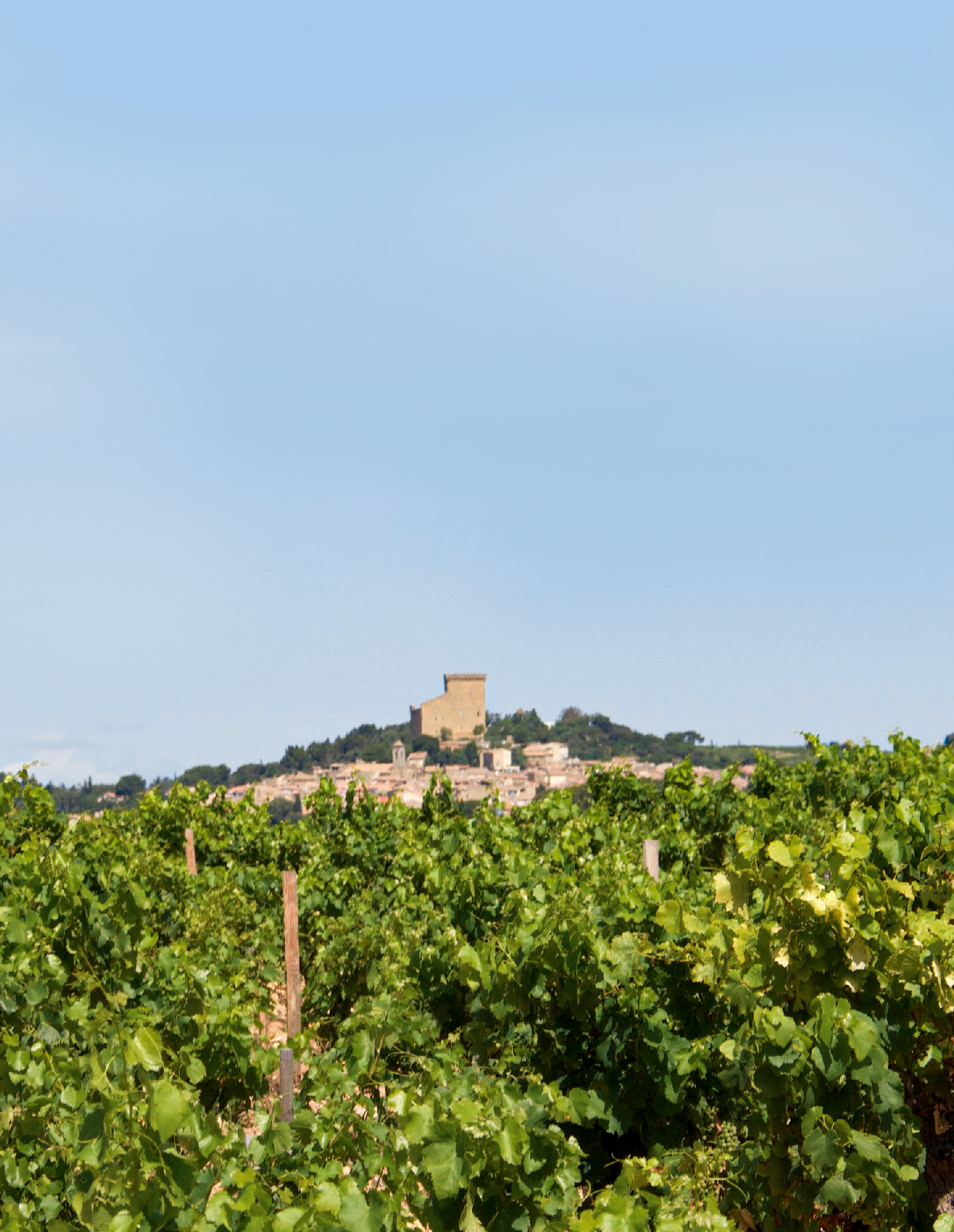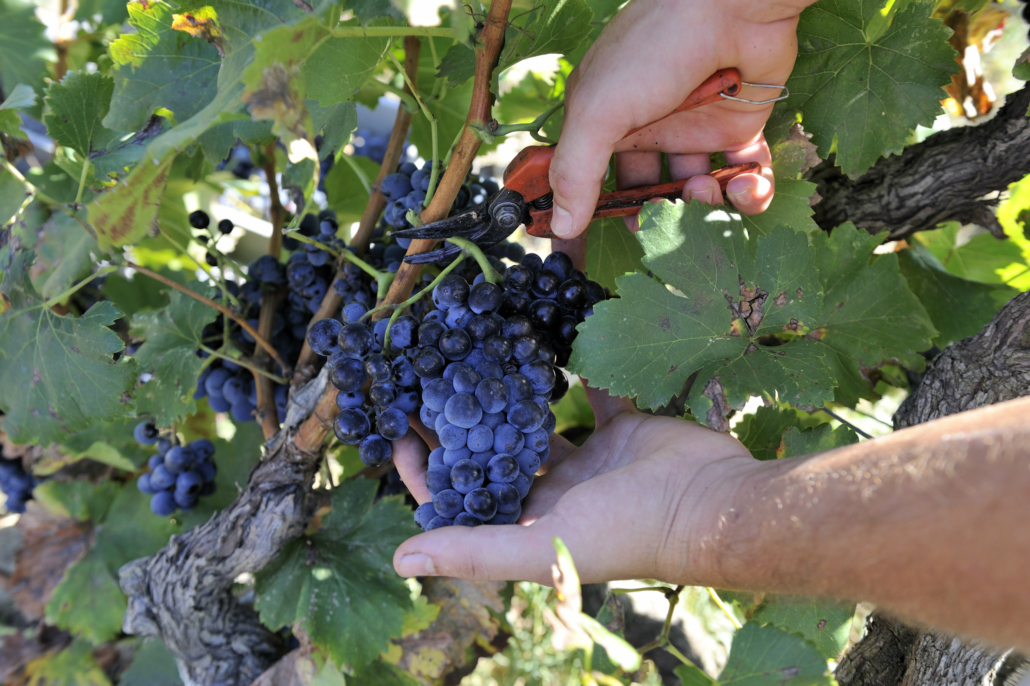The history of the Château has been shaped by its different occupants over the centuries. After serving as a base for Roman legions, who were attracted by the spring running through the property and the proximity of the Via Agrippa, several winegrowing families followed on from each other at the estate from the 17th century onwards. So the cultivation of vines at Château Maucoil dates back to this era and some plots planted in 1895still exist today.
In the 20th century, the Goguet de la Salmonière family and the Quiot family contributed much to the development and prosperity of Château Maucoil.
The Arnaud family, who already owned vines in Châteauneuf-du-Pape, decided to purchase the estate in 1995. The new generation then took up the torch in 2009 with a strong desire to secure the future of the estate and manage it in an environmentally-responsible manner.
In 2022, the Duseigneur estate, a specialist in biodynamics, will take over the reins of the Château.





